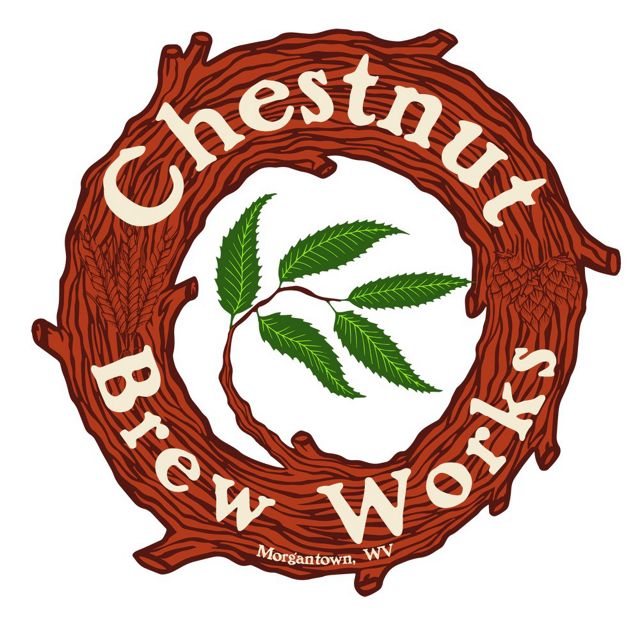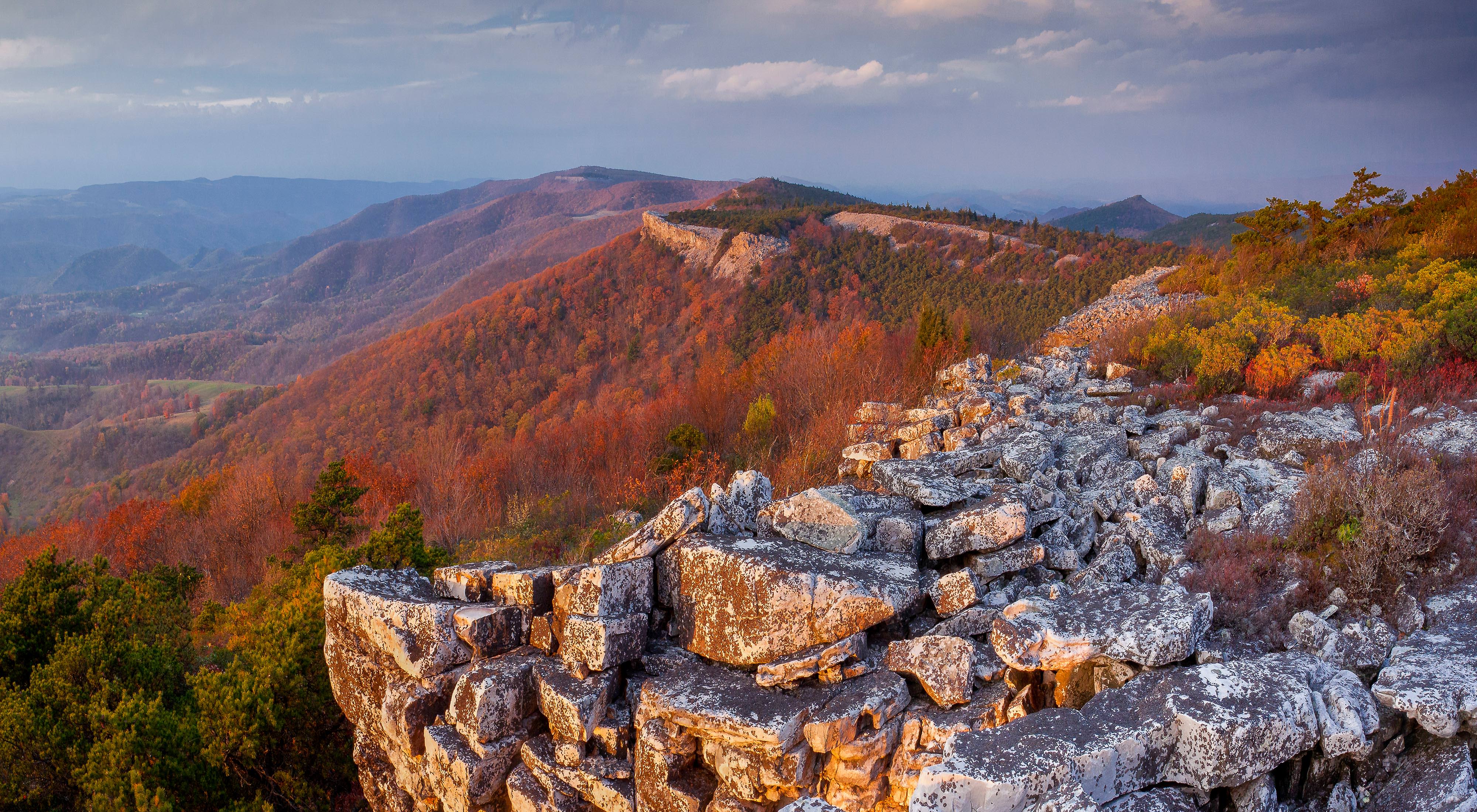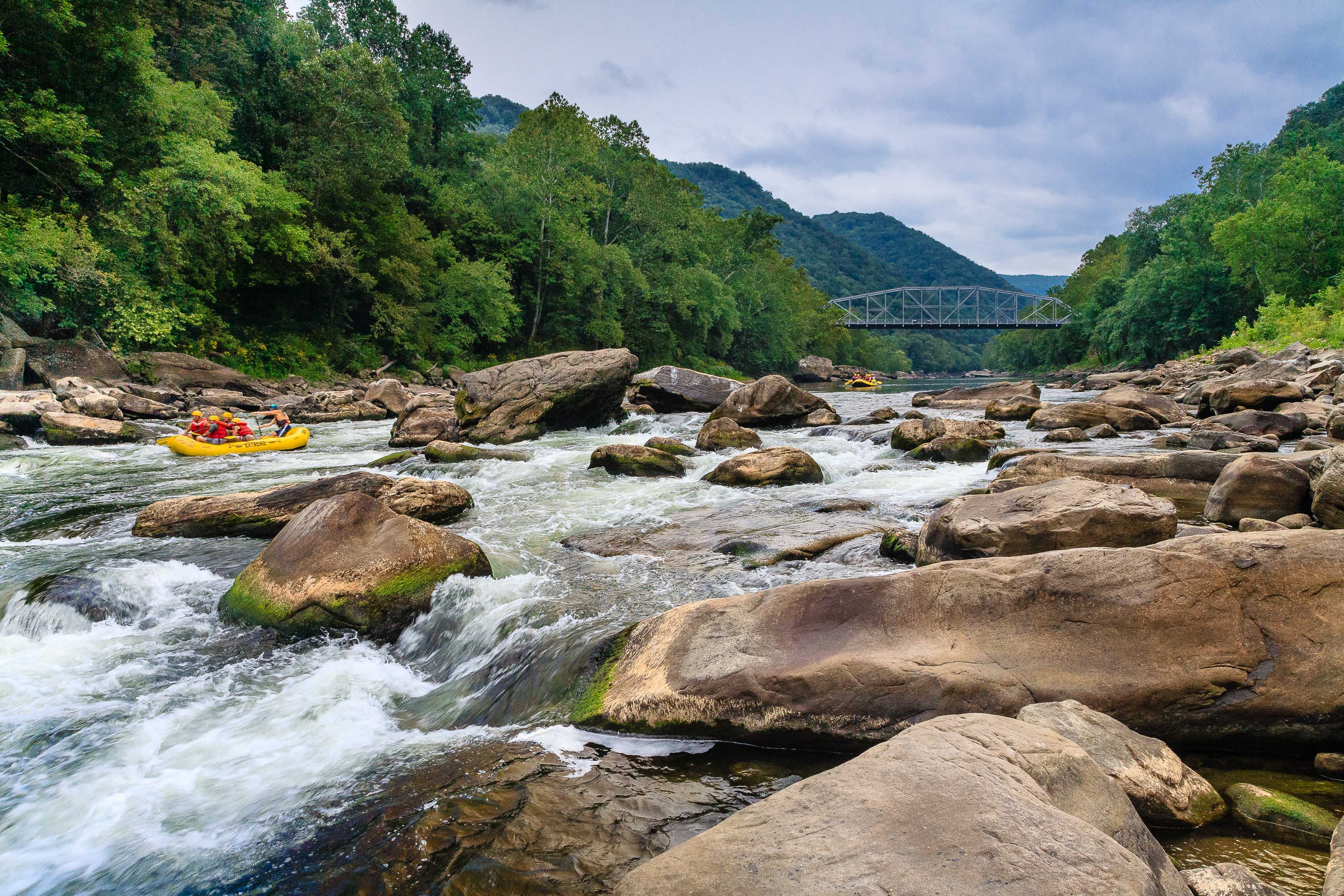OktoberForest in West Virginia
Celebrating the connection between healthy forests, clean water, and good beer.
Did you know that 95 percent of beer is water? And that more than half of our drinking water is filtered by America's forests?
That's why The Nature Conservancy is celebrating fall with OktoberForest, a collaboration with brewers across the country to raise awareness about the important role that forests play in our water supply.
Participating Breweries

"Here in West Virginia, all of our water comes out of forests. A lot of my family’s livelihood comes from forests and clean water, and the community here in Elkins thrives on that. Water is a brewery’s most consumed ingredient. We are fortunate to have good water close to the source, and we want to keep it that way.” — Matt Kwasniewski, head brewer and partner

"The largest ingredient in beer is water, and its purity is of utmost importance in making good beer. In somewhat of a strange way, I feel that beer can bring people closer to nature. It’s a relatively simple product (essentially four ingredients in its simplest form), made with products from nature. So when I think about that, while I’m enjoying a beer and its flavors, while floating down a river on my kayak fishing, it just adds to the experience.” —Bill Rittenour, Ph.D., Founder/Head Brewer

"At Greenbrier Valley Brewing Company, we believe that before we can get out, explore and bring beer, we must first work to maintain the environment and resources necessary to do so. That's why we participate with organizations like The Nature Conservancy whose mission is to conserve the lands and waters on which all life depends.” — James McLendon, Greenbrier Valley Brewing Company

"Clean water is essential to many things: forests, animals, habitats and civilization in general. Clean water is also very essential to the beer brewing process—it is amazing how much of a difference it makes!” — Cindy Robeson, Sales Manager
About West Virginia's Red Spruce Forests
Red spruce forests are an iconic species in the Central Appalachian region. They once covered the hills of West Virginia, but today, only about 55,000 of the original nearly 1,000,000 acres of red spruce remain.
Red spruce forests help control the temperatures of cold-water fisheries, they create crucial corridors for wildlife that need room to roam, and they provide critical habitat for rare and endangered species like the West Virginia flying squirrel.
Our science shows that natural solutions like forest restoration will be essential to address the world’s climate crisis, and red spruce forests in the Central Appalachian region are one of the greatest opportunities for natural carbon sequestration on the continent.
We're working to restore this critical eco-system by planting red spruce seedlings and removing invasive species. So far in 2019, we have worked with partners to plant 99,000 red spruce seedlings, and treated more than 1,575 acres for non-native invasive species.
Plant a Billion Trees
The Nature Conservancy's Plant a Billion Trees campaign is a major forest restoration effort with a goal of planting a billion trees across the planet — including the Central Appalachian region.



